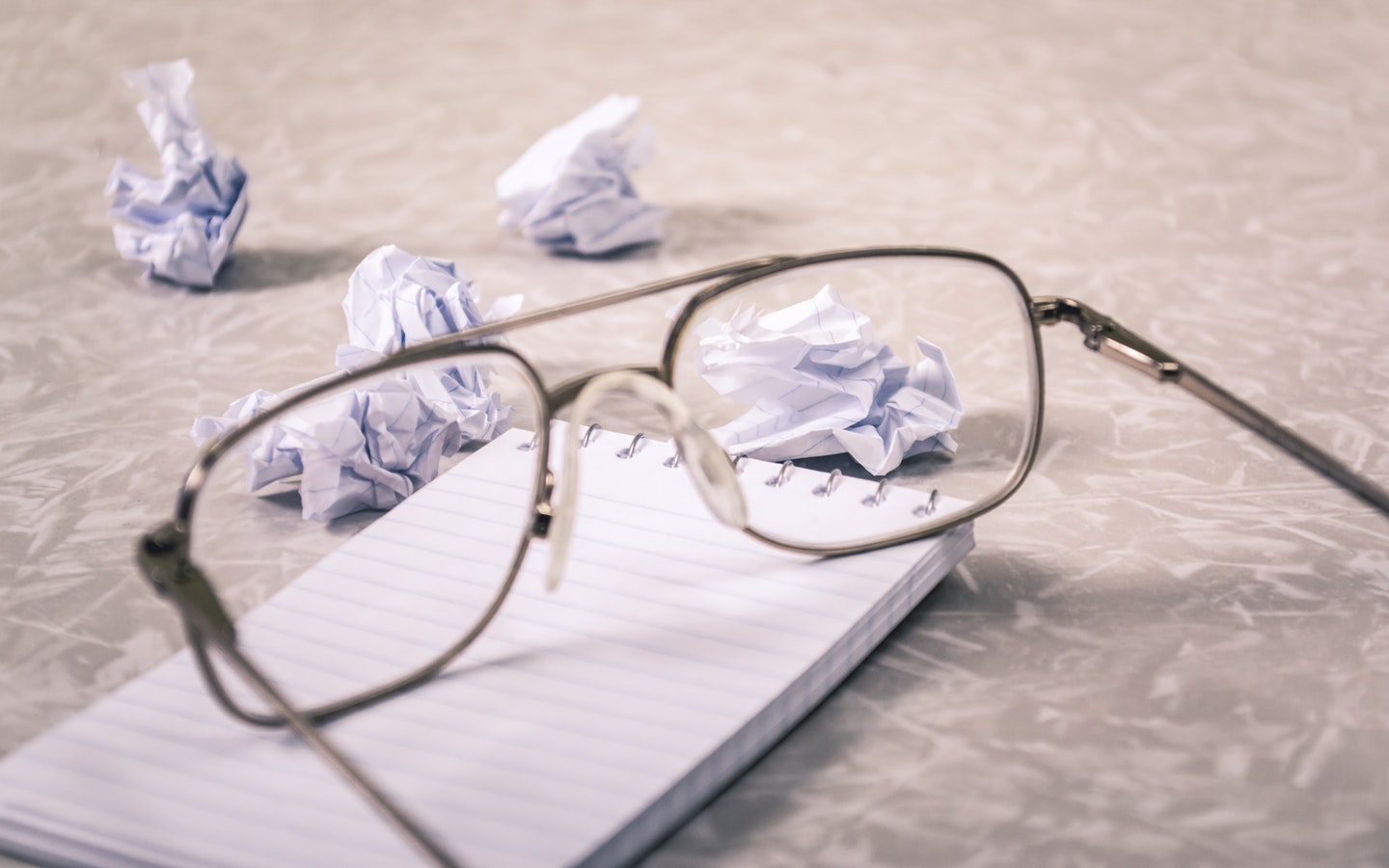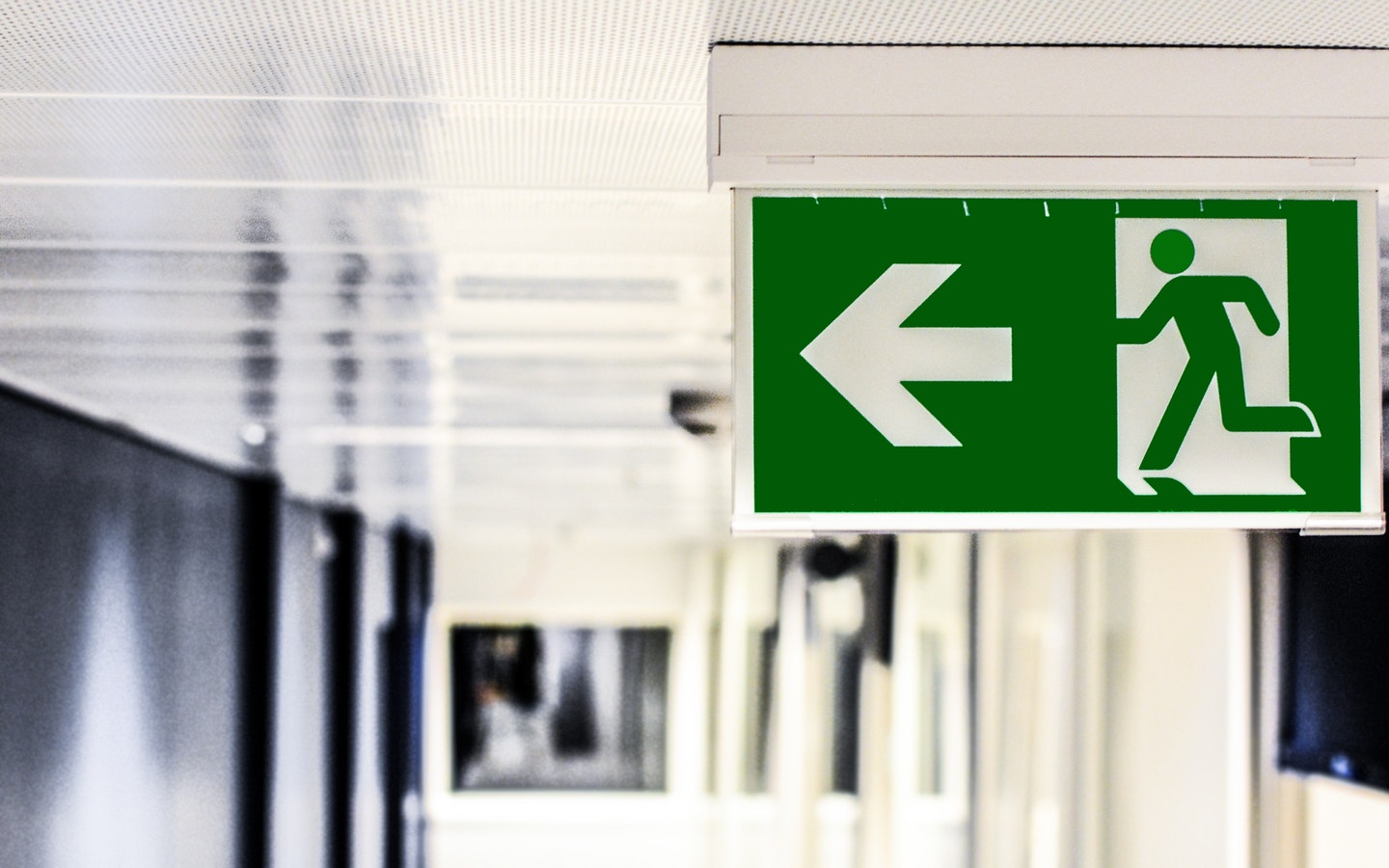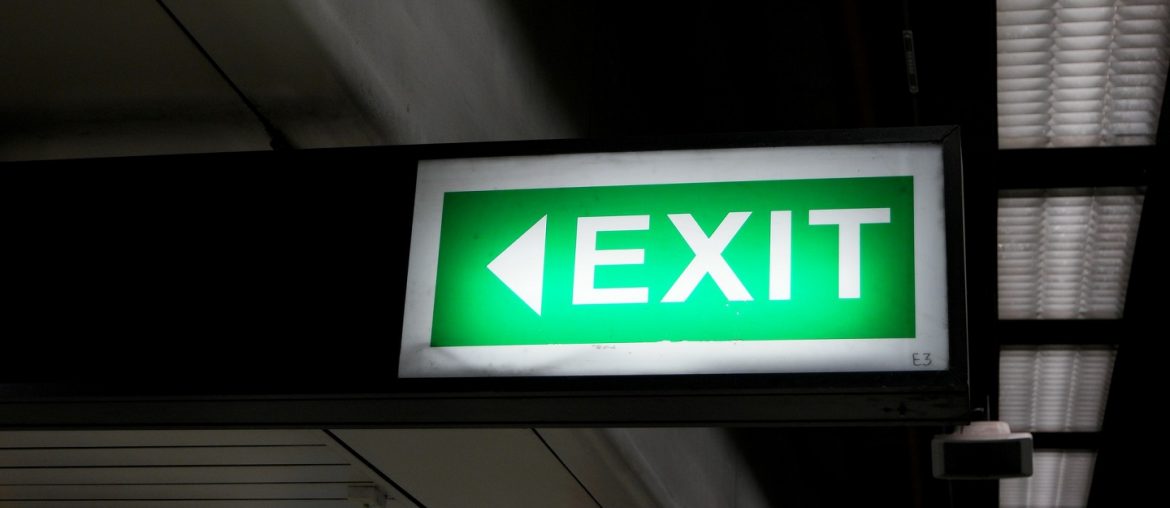It is impossible to be ready for every incident that occurs. But there are certain key factors or measures that can help in keeping you safe and alert in a building emergency. Of course just as there are things we should do, there are also things to avoid. Keep yourself prepared and take a look at some of the dos and don’ts of staying safe when in a serious building emergency.
state of mind

Don’t
It can be quite difficult to keep a steady mind when things are going wrong in a building emergency. Fear is a strong factor that drives many of us. We think of the worst possible things and all hope is lost. But try not to panic. Yes, it is much easier said than done, but it may just save your life.
Do
Take a deep breathe. Get your bearings about you. Try your very best to organize your thoughts to ready an emergency plan. In a building emergency, figure out the safest route to all exit points and choose the right one for you. It is important to understand that there may be others around you who may panic as well. Try to guide their thoughts to stability as well, or direct them to follow you to safety exits.
movement

Don’t
If you do know the closest emergency exits, don’t just run right for it. Scrambling should never be a part of an emergency plan. Most people might panic and the first thing they will do is run for safety exits. This can lead to further confusion for a crowd and cause congestion. This will in turn cause the very thing we were trying to avoid in the first place; injury.
Do
The safety exits aren’t going anywhere. When there is a crowd of any form, it is already difficult to access safety exits . The best thing to do is to organize the way as best as possible. Everyone may not want to – or be mentally capable of – following instructions, but it is important to try to keep things orderly in a building emergency. This will provide safe passage and ensure no unnecessary problems arise when things are already going bad.
belongings management

Don’t
DON’T GRAB EVERYTHING! We understand your belongings are important to you. But are they worth the risk of potentially your life or the lives of others? Trying to collect all your belongings takes up time you could spend planning your next steps, helping those in need and, essentially, getting out of the building emergency.
Do
Part of an emergency plan should be to take only your most important items. These are things that will assist in the current building emergency or should the situation get worse. For example, your phone is a must to be able to communicate in this difficult situation (but try not to use it unless absolutely necessary. Focus on the now.) Medicine you may need, like insulin and inhalers, are a must. And if you ever have a safety kit nearby, pick that up.
Taking cover

Don’t
In the case of earthquakes, disorientation is common. But don’t walk around in the open. Safety exits may sometimes be difficult to access, but don’t stay out in the open if that is the case. Falling debris is always a hazard in a building emergency.
Do
Take cover immediately. Any good emergency plan should incorporate immediate physical safety means. Protect yourself from flying objects. This will help you with all the previous steps as well. It is a great time to organize your thoughts, breathe and plan out your route to safety.
Breathing during a fire

Don’t
In case of a fire outbreak, be careful of how you take your breaths. We earlier said to take deep breaths during a building emergency, but a fire makes even this a hazard. Fire emergency procedure makes it so even breathing has to be done calculatedly. The smoke and fumes from the fire will make you cough a lot. The lack of oxygen and the abundance of carbon dioxide and carbon monoxide can cause immense confusion and even cause you to blackout.
Do
Fire emergency procedure says to stay low (hot air and smoke tend to rise) where you have better access to what little oxygen may be available. Try to steady your breathing. A great way to reduce the amount of fumes you inhale is to cover your mouth and nose with a cloth. Using a slightly damp cloth works even better and will keep your face a little cooler from the fire. But make sure it’s not too wet, or you may have more difficulty in breathing.
A building emergency is a scary situation to be in. Everything is a mess and it’s hard to forecast what might happen at any second. Be wary of your surroundings and keep the steps above in mind to be ready to react to circumstances that may arise in the occasion. Stay safe, everyone.




